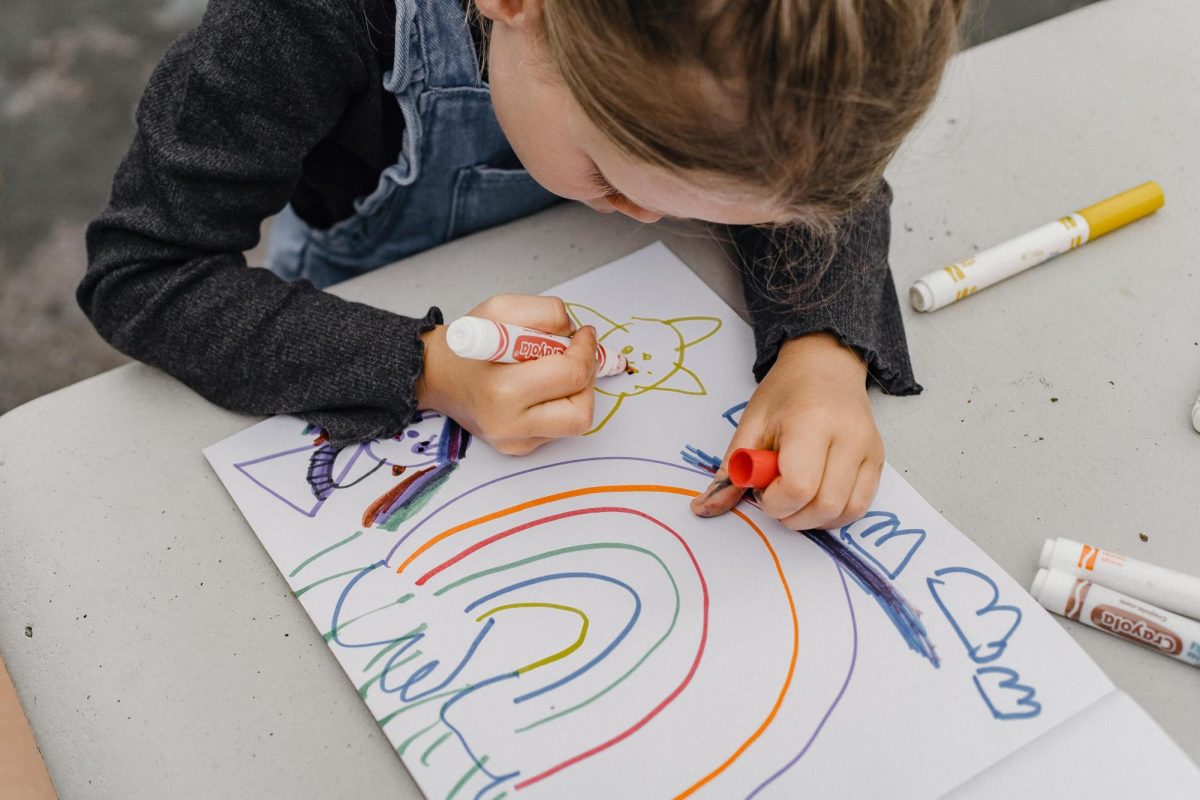Some of the most famous polyglots, like Ziad Fazah, Steve Kaufmann, Kató Lomb and dozens of others have been lauded for their seemingly innate ability to speak multiple languages with ease. Being multilingual–while not all the time–is often perceived as an innate ability that people just happen to possess, which has led to an interesting phenomenon on social media, in which there seems to be an ever growing population of polyglots who broadcast their capabilities on the internet. These influencers post videos of things like speaking multiple languages in the span of a few minutes, or approaching individuals in a foreign country and speaking their native language to them.
As a result, multilingualism–at least on social media–has turned into somewhat of a spectacle, where viewers watch in wonder as someone switches between three of four languages with ease. This can be seen primarily with YouTube accounts like Xiaomanyc or Wouter Corduwener, who post videos with specially crafted titles to generate traction to their channel. Videos by creators like these get millions of views. For example, a video by Xiaomanyc entitled “Clueless White Guy Orders in Perfect Chinese, Shocks Patrons and Staff,” has more than 81 million views on YouTube.
With the advent of social media, individuals with years of language learning experience, and with a travel portfolio that most could only dream of, are showing an unrealistic model for language learning. When prospective language learners see influencers discussing learning a language in six months, or learning three or four languages at a time, it’s only natural that they would view learning a language as an activity that only gifted individuals can do.
Moreover, capitalism, and the constant desire for perpetual growth has also influenced the advice that these polyglots give those who wish to learn languages. The most effective form of language learning–actually talking to people–has been replaced with overpriced language learning courses, where online modules are created by people who have little pedagogical background or experience with different learning styles.
All of this ultimately boils down to the fact that language learning is not–and should not–be a solitary endeavor. No amount of Duolingo lessons or online courses can replace the value of face-to-face interactions. Many of those who are currently bilingual or multilingual have gained those skills through speaking with people and by being completely immersed in a culture. This might be by choice or by necessity, as dangerous conditions in many countries force people to immigrate, but the principle is still the same, as they learned the language by speaking and interacting with people.
Face-to-face interactions, and getting immersed in a culture as a prerequisite for language learning may make it seem like it’s completely out of reach for many–particularly those who don’t have money to travel or those who wish to learn languages that aren’t taught in their school systems. However, with globalism, and the way that the internet has allowed us to communicate with each other, this isn’t the case. When I started to learn languages, I struggled with that same idea. In my case, I had always wished to learn Italian in middle and high school, but it simply wasn’t offered. I was lucky to have access to the internet during that time period, and as Duolingo started to become a much more widely-used tool, I was able to start teaching myself the language. What I quickly learned, however, was that just learning using online courses and dictionaries wouldn’t ever bring me to the point where I would be able to comfortably speak with a native speaker.
Despite this, there are many ways to get immersed in a language without living in a foreign country and spending money that you may not have. As a start, I tried immersing myself in the language in small ways, by changing my phone settings to Italian and trying to imagine conversations in Italian while in the shower or going on walks. As I continued to do this, my vocabulary started to grow as I recognized words and phrases through repetition. As the years pressed on, however, I knew that trying to speak with other people was the missing piece to my puzzle.
Being a child at the time, my ability to speak with native speakers was limited, but I found that there were dozens of apps that connect language learners with native speakers for mutual language learning experiences. Apps like Tandem allowed me to connect with native Italian speakers and learn more about Italian culture without ever having to spend money. Even years later, as someone passionate about learning languages, I have a long way to go, but if I’ve learned anything along the way, it’s that we need to shift away from the thought that multilingualism is out of people’s reach. Moreover, it’s important to move away from the often solitary way that people learn languages, where they complete online lessons, practice vocabulary and read through dictionaries behind closed doors. While these methods have merit, it’s crucial that you pair them with human interactions, and that you embrace the discomfort that comes with speaking a different language with someone.





























